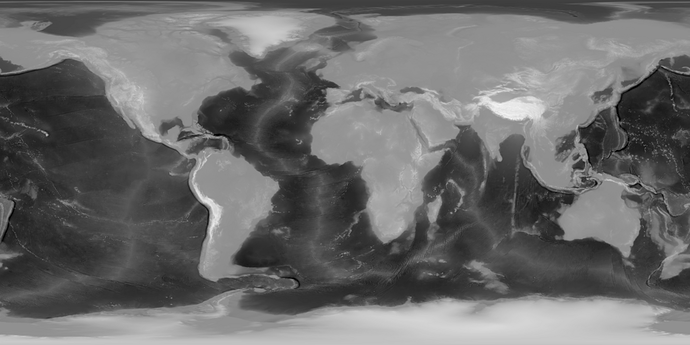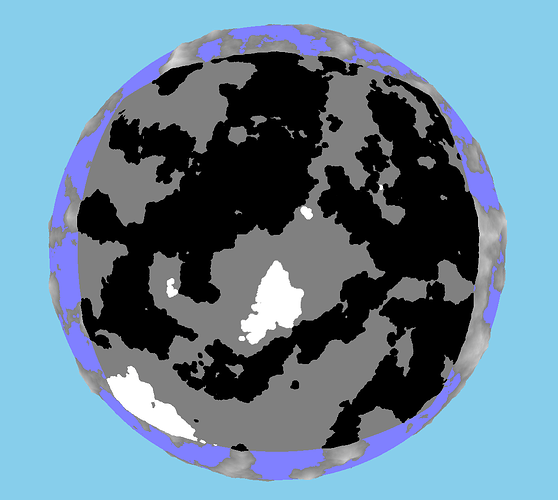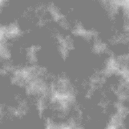A feedback on the first post
If space stage takes place in a short amount of time such as thousands of years, (so no plane tectonics, no evolution, no generational ships, ftl travel) the planets can remained unchanged, with the exception of extinction events and terraforming acts. (what would you do in a million years anyway? how many technologies there can be to discover? the game would need to slow down if there is no ftl or there isn’t ascension)
We can still add a tool to space stage to simulate the future evolution in a planet, and it wouldn’t take too much computational power, because it is happening to just one planet (or however many you placed)
Which would be a way to have this
inside the game too.
There are limitations to a planets diameter. It can’t be too large, because it would keep a hydrogen atmosphere, becoming a hycean planet or a gas giant. If the atmosphere blocks the sun, there can’t be photosynthesis on the surface, and if photosynthesis happens on the atmosphere, there is no access building material for cities. If it is too small, it would lose its atmosphere and wouldn’t have enough pressure for liquid water.
The speed of rotation around the star only depends on the distance to the star, which is limited by the goldilocks zone, not an independent variable that can be random.
Rivers or pre-river water can also be used to create terrain itself
Animating erosion and plate tectonics would make planet features dynamic.
The planet would start flat when its crust first solidifies, and some time after that it would get covered with water. Tectonic plates, which are all similar at first, would move randomly, and in places they move into each other, they would rise up to create a continental crust, which is above water. In places they move away from each other, new oceanic crust would be created. In time, the oceans would get deeper and the percentage of land would increase*, but not forever because two lands can crush into each other too. Simulating erosion would keep the land shapes realistic, there wouldn’t be mountains that are too high and there would be large regions of land that have a low elevation, just above the sea level[1], creating the second hump*. When sea levels increase, some of the continental crust would fall under the sea level, and deltas would turn into estuaries. Any geologic formation can be simulated the same way they appear in nature.
Having a planet that changes also has implications for seeds. In many games, you can enter a seed to create the same map again, but for that to happen in a realistic Thrive, the forces behind plate tectonics should be deterministic and erosion needs to give the same result every time. And even after that, you wouldn’t find yourself in the same continent when you start building cities if you didn’t spent the same amount of time evolving.
It would have been cool, but ocean patches don’t have anything to do with currents.
Abyssopelagic, bathypelagic, mesopelagic, epipelagic and coastal patches differ by depth. For “different” regions in the same depth, we can call each biogeographic realm a different patch. They differ by climate and whether the ocean surface has sand or rock. And they only exist for shallow waters.
So something like the North America colliding with South America and seperating the tropical region of the Atlantic from the Pacific causes the species in the different sides to diverge, but unlike a land, an ocean current can’t restrict the spread of a sessile species that is adapted to a certain climate and create different realms.
because that’s when the rivers slow down and stop eroding the land ↩︎






